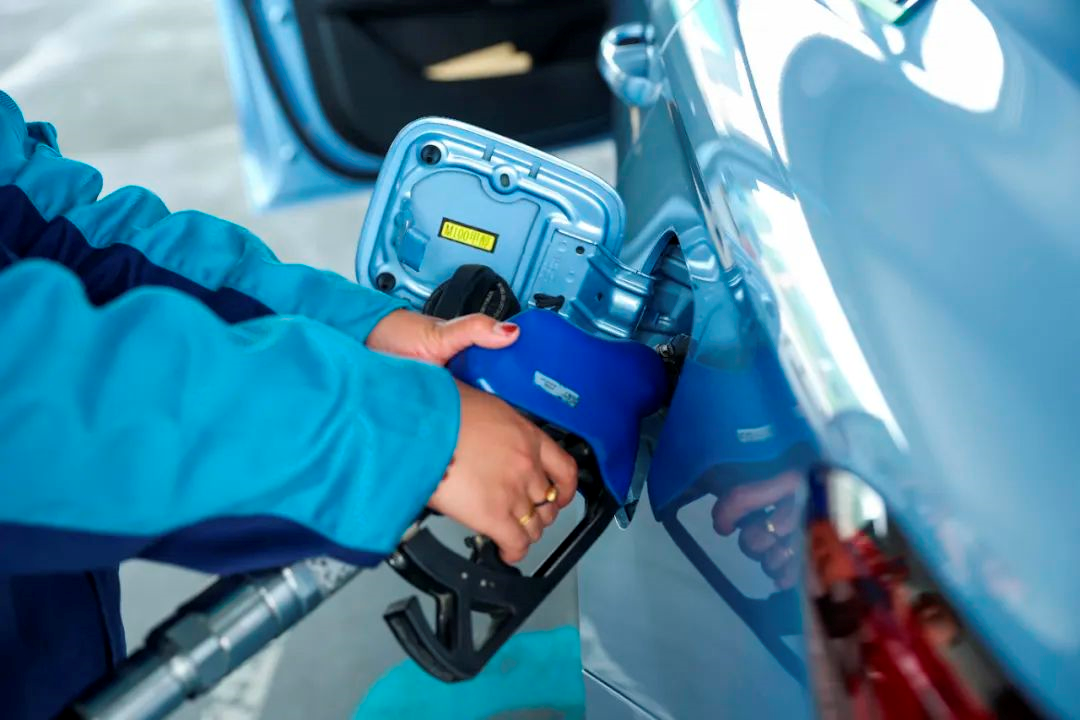Author: CH_陈函
Today we’re going to talk about methanol vehicles.
Last week, I went on a trip to Guiyang and tried a taste of Maotai ice cream while also learning about an updated new energy vehicle.
We often hear people online jokingly asking, “Is there a magical liquid that can be filled up in three minutes and run hundreds of kilometers on a single charge besides gasoline?” Well, believe it or not, within the scope of new energy, there is such a “magical liquid” fuel called methanol.
Advantages and disadvantages of methanol fuel
Please note that what we’re about to talk about is methanol fuel, with a molecular formula of CH3OH. It is a colorless and transparent liquid with a pungent odor and toxicity, and is not edible. It is not the harmful gas “formaldehyde” found in home decoration, nor is it alcohol ethanol, or industrial alcohol (a little methanol in ethanol). It is also not methanol gasoline (methanol mixed with gasoline).
In fact, methanol has been used as a vehicle fuel for some time.
In June 2004, the National Development and Reform Commission released the “Automobile Industry Development Policy,” which clearly stated that support would be given to encourage automotive manufacturers to produce new energy vehicles such as methanol fuel vehicles.
From 2012 to 2018, the Ministry of Industry and Information Technology has officially organized methanol vehicle pilot projects in 10 cities across 5 provinces and municipalities, including Jinzhong and Changzhi in Shanxi, Shanghai, Xi’an and Baoji in Shaanxi, Yulin and Hanzhong in Gansu, and Lanzhou and Pingliang in Guizhou.
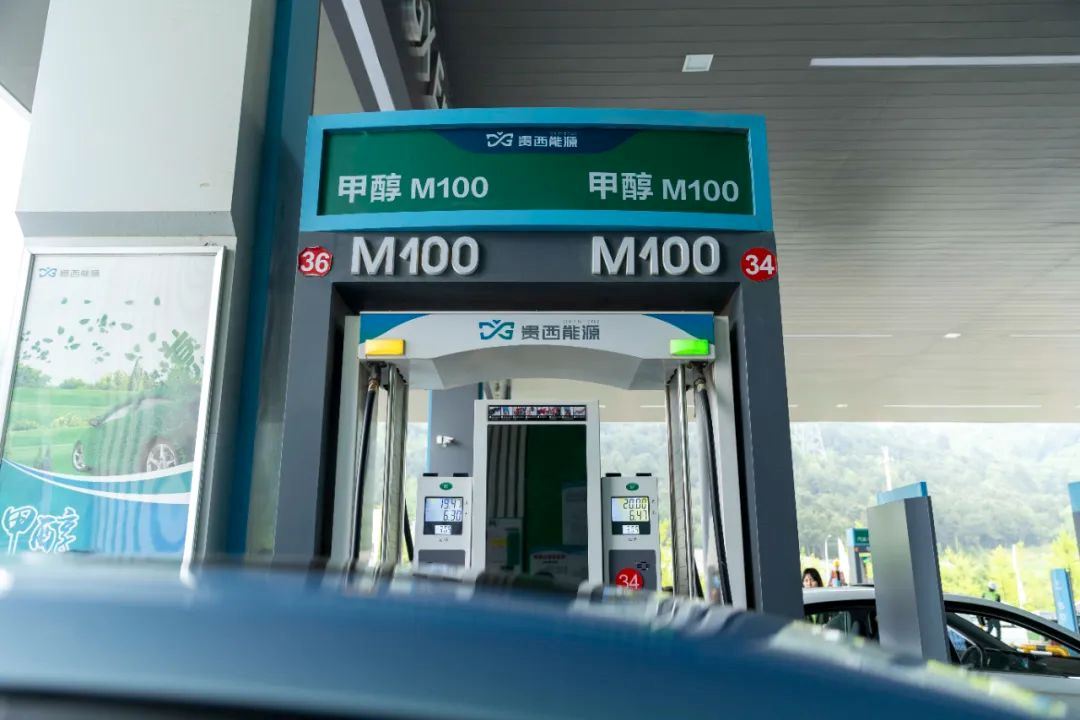
Guizhou Province is the most successful province in promoting methanol fuel nationwide, with over 17,000 methanol taxis operating in the province, an overall mileage of nearly 10 billion kilometers, over 60 methanol fueling stations built, and a maximum single-vehicle mileage of over 1.2 million kilometers. Annual methanol consumption is about 250,000 tons, equivalent to 150,000 tons of gasoline replacement. Among them, Guiyang is the most successful and largest city in the world in terms of commercialization promotion and coverage of the methanol fuel and methanol vehicle market.
The biggest advantage of methanol as a vehicle fuel, of course, is that it is clean. It contains oxygen and has a high octane number. Moreover, it contains only one carbon atom in its molecule, which has a complete combustion and low volatility, and emits less harmful gases such as carbon monoxide, hydrocarbons, and nitrogen oxides.
Compared to gasoline, methanol has a lower volatility and a higher flash point, making it more difficult to ignite. So even though its toxicity is higher than gasoline, the safety of its standardized use is not inferior to that of gasoline. This has been verified in various pilot cities in China.
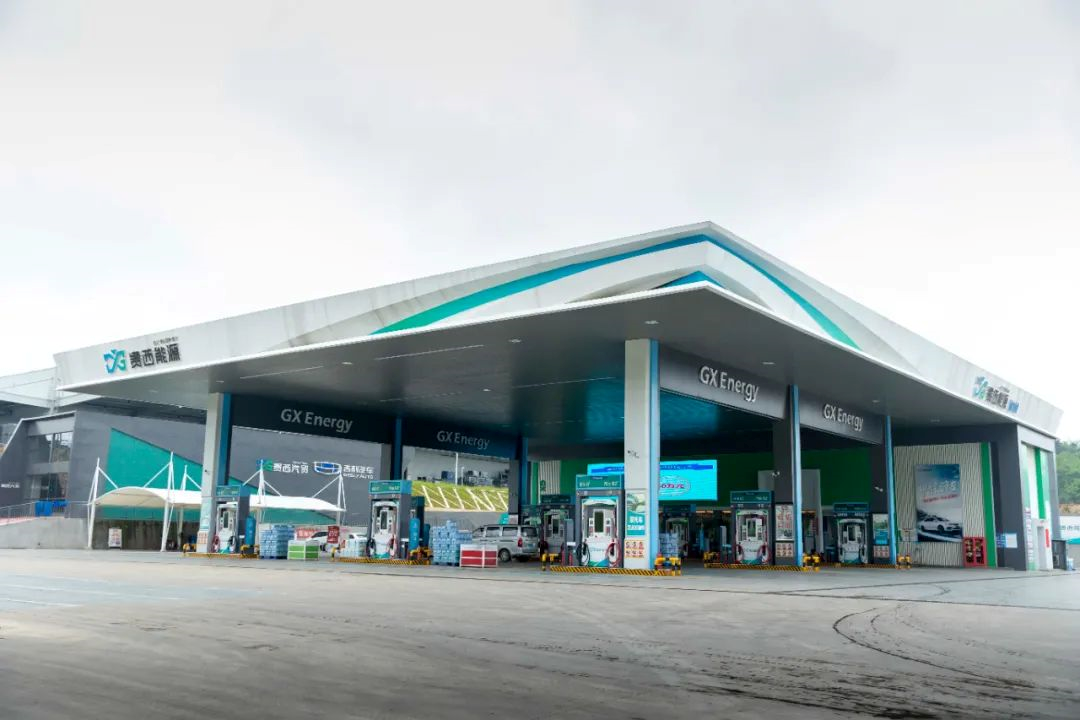 ## The world’s first methanol hybrid sedan
## The world’s first methanol hybrid sedan
Considering the fact that methanol shares physical properties and compatibility with gasoline, the engine can be modified to support methanol fuel, and fuel stations can be transformed into methanol refueling stations. Compared to promoting pure electric vehicles or hydrogen-powered vehicles, promoting methanol vehicles makes more efficient use of existing resources.
Of course, methanol fuel also has its drawbacks, mainly in the following three points:
First, methanol has a high latent heat of vaporization and poor low-temperature starting performance, requiring measures to remedy it;
Secondly, methanol has only half the calorific value of gasoline, so the power performance is poor under the same fuel consumption conditions, and a larger fuel tank is needed to achieve the same range;
Third, methanol is corrosive, so the engine and fuel delivery pipeline of the automobile need to be strengthened.
Combining the advantages and disadvantages of methanol fuel, Geely was the first to launch the world’s first methanol hybrid sedan — the fourth-generation Emgrand methanol-electric hybrid sedan. Based on the fourth-generation Emgrand, it switched to a 1.8L methanol-electric hybrid engine and added a high-performance 1.83kWh ternary lithium battery and a dual-motor hybrid gearbox to achieve strong hybrid power similar to that of the Corolla hybrid, providing stronger power output in a hybrid manner.
The 1.8L methanol-electric hybrid engine adopts a design with a high compression ratio of 12.5 and low friction technology, with a thermal efficiency of 41.5%, and an increase in methanol resistance performance of more than 3 times compared to the previous generation. The maximum power of the engine is 97kW, the maximum torque is 175N·m, the maximum power of the electric motor is 100kW, and the maximum torque is 320N·m. The official 0-100km/h acceleration score is 8.8 seconds.
When the vehicle speed exceeds 20km/h, the engine and electric motor can be parallel driven. Through the control of the efficient hybrid gearbox, the fourth-generation Emgrand methanol-electric hybrid can achieve the following 8 operating modes:
- Idle waiting: The methanol engine can charge the battery in idle state.
- Low to medium speed acceleration: the electric motor drives directly to exert the advantage of torque.
- Medium-speed cruising: the methanol engine and the motor are connected in series to extend the range.
- Medium-to-high-speed rapid acceleration: The methanol engine and the electric motor are fully loaded and parallel driven to exert full power.
- High-speed cruising parallel mode: The methanol engine and the motor are parallel-driven to improve fuel efficiency.
- High-speed cruising power generation mode: The methanol engine drives directly and charges the battery.
- High-speed cruising direct drive mode: The methanol engine drives directly to provide power for the entire vehicle.
- Driving deceleration: Energy recovery is triggered whenever decelerating to improve driving economy.
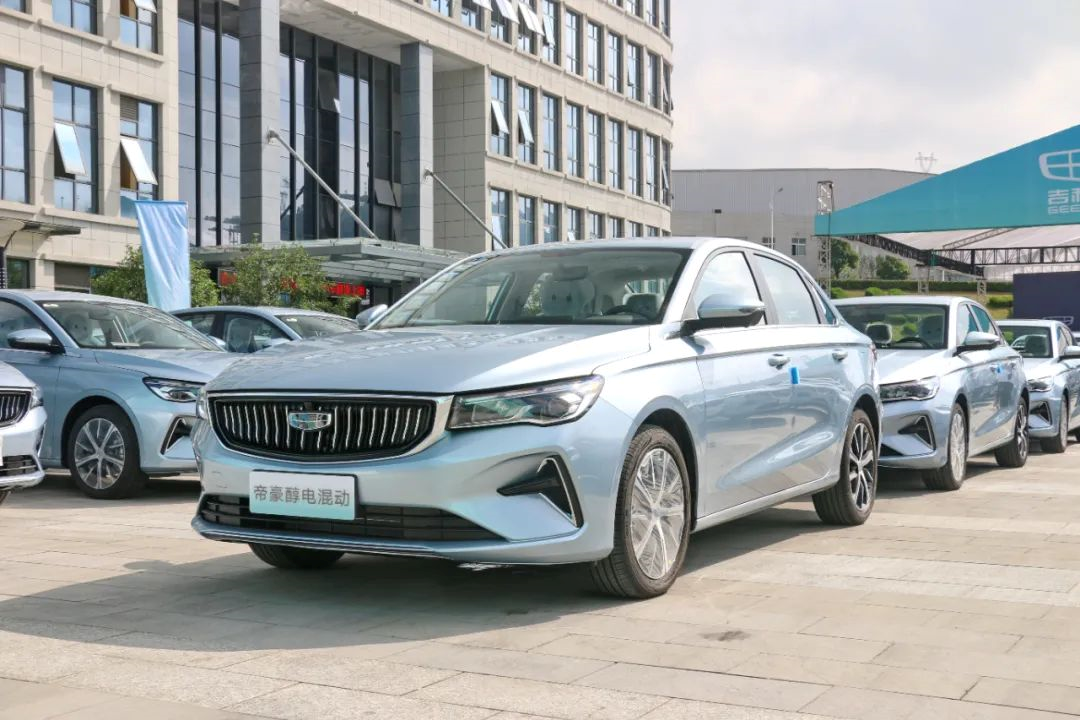
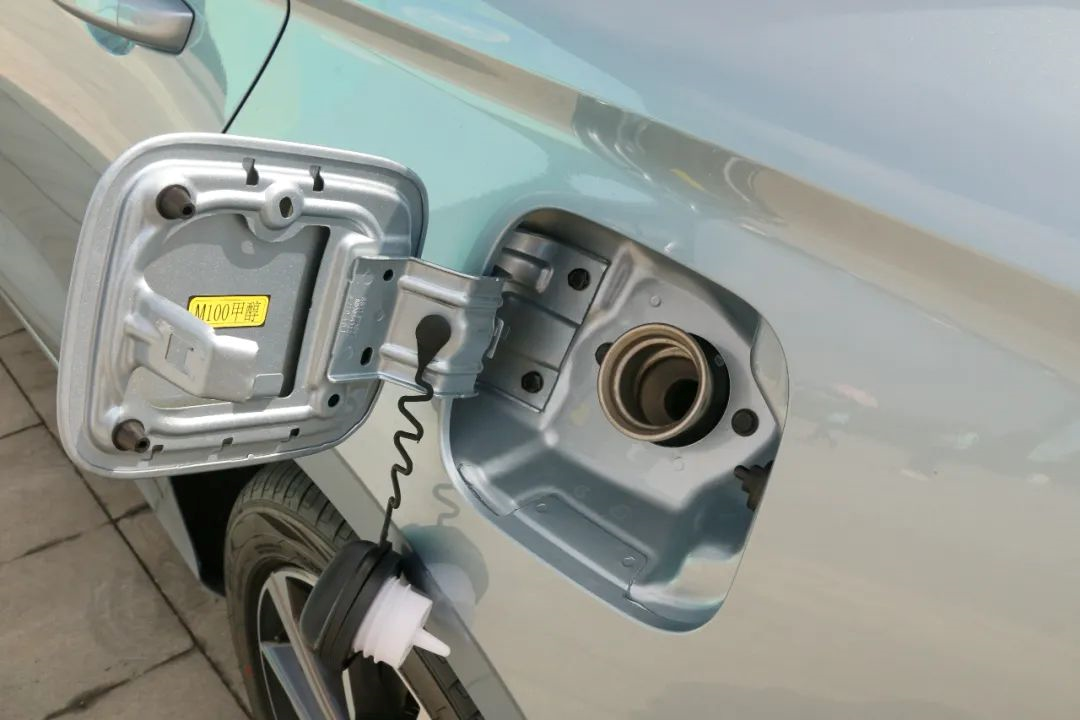

In terms of the cost that users are most concerned about, the official fuel consumption of the fourth-generation Borui Chundong hybrid sedan is 9.2L per hundred kilometers, equivalent to 3.4L per hundred kilometers for gasoline cars, which translates to less than 30 cents per kilometer in terms of usage cost. At the same time, compared with gasoline cars of the same level, it reduces carbon emissions by 42%, reducing carbon dioxide by 0.8 tons for every 10,000 kilometers travelled.
Furthermore, to solve the problem of poor start-up performance of methanol fuel, the fourth generation Borui Chundong hybrid sedan comes with a 10-liter fuel tank and uses a gasoline heater for start-up. When there is no methanol injection condition, it can also be driven with gasoline.
In order to ensure the passenger space and trunk capacity, the fourth generation Borui Chundong hybrid sedan has not significantly increased the fuel tank capacity. Its range is approximately 400 kilometers when using methanol, and with the range provided by gasoline, the maximum range of the entire vehicle is nearly 600 kilometers. If only methanol is used for driving, commercial vehicles typically only need to refuel once a month with gasoline.
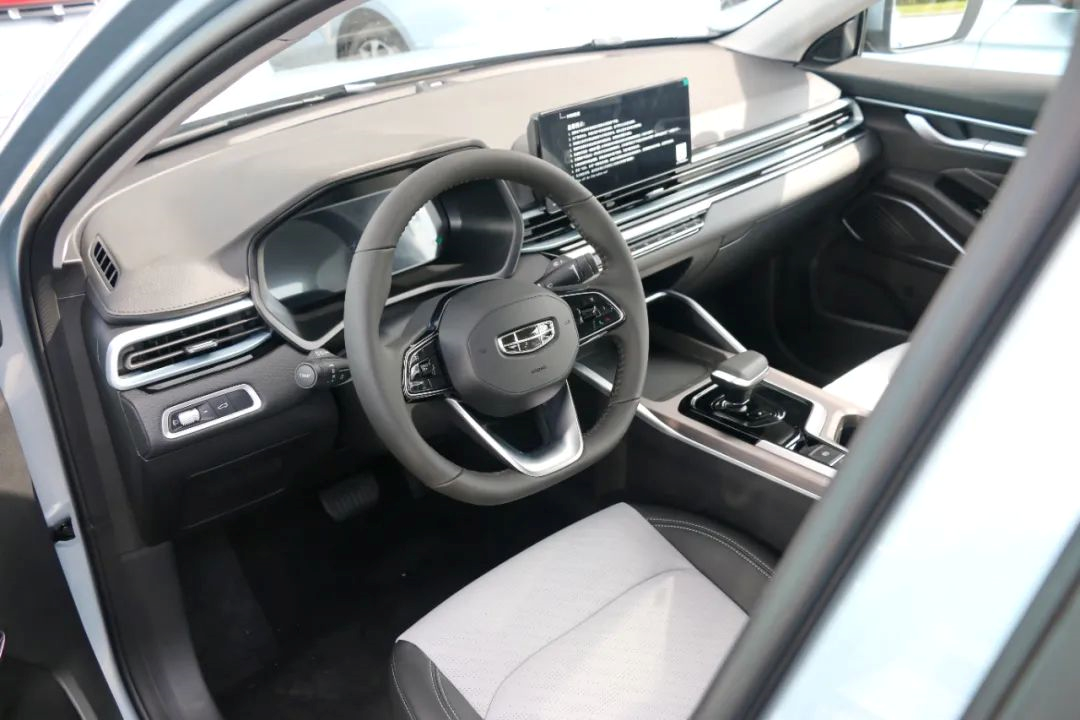
It can be seen that in terms of user use, low cost is the biggest advantage of methanol vehicles, but compared with gasoline vehicles, the number of fuel refills will increase significantly.
Currently, the fourth-generation Borui Chundong hybrid sedan has been officially launched, with a price of 129,800 yuan for the methanol version. However, it cannot be exempted from purchase tax for the time being because it has not yet entered the new energy vehicle catalog of the Ministry of Industry and Information Technology.
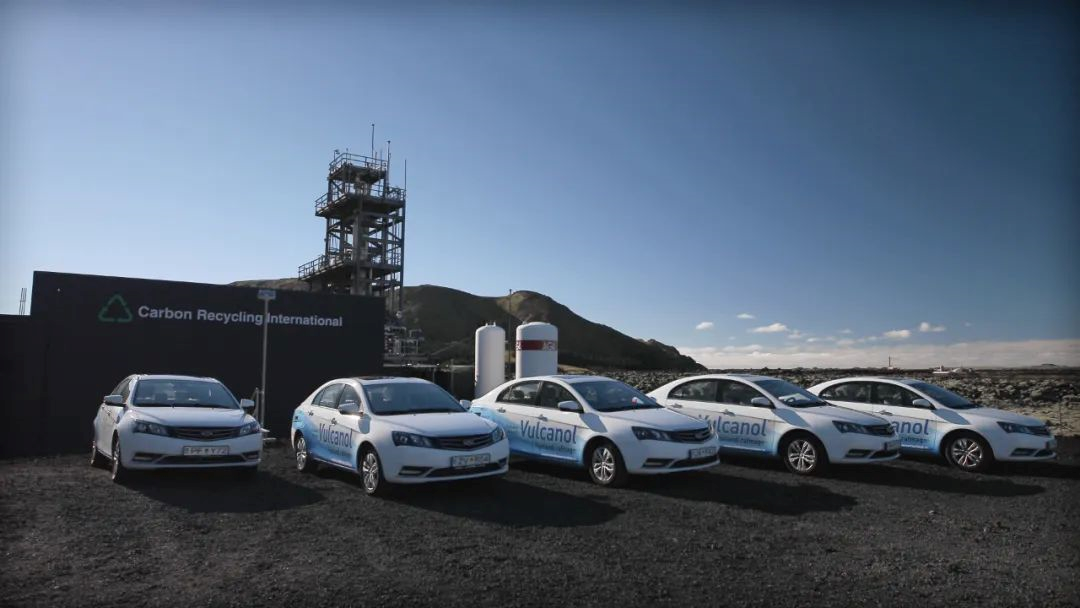
What many people do not know is that the fourth-generation Borui Chundong hybrid sedan is already the 20+ methanol vehicle model launched by Geely. In the field of methanol vehicles, Geely has been developing for 17 years, with a total R&D investment exceeding 3 billion yuan, and more than 200 technical patents. It maintains several world-firsts:
-
The world’s first methanol vehicle model (more than 20 models)
-
The world’s first methanol vehicle inventory (27,000 vehicles)
-
The world’s first operating mileage per vehicle (1.2 million kilometers)
-
The world’s first total operating mileage (10 billion kilometers)
At the same time, Geely is also the first methanol vehicle manufacturer to go global, with testing and operation projects in Nordic countries such as Denmark and Iceland.
Is it the real new energy source?Regarding the future development of methanol-powered vehicles, Liu Ke, a foreign academician of the National Academy of Engineering of Australia and the Dean of the Innovation and Entrepreneurship School of Southern University of Science and Technology, stated that “green methanol is the lowest-cost strategic route for China to achieve carbon neutrality in the future”.
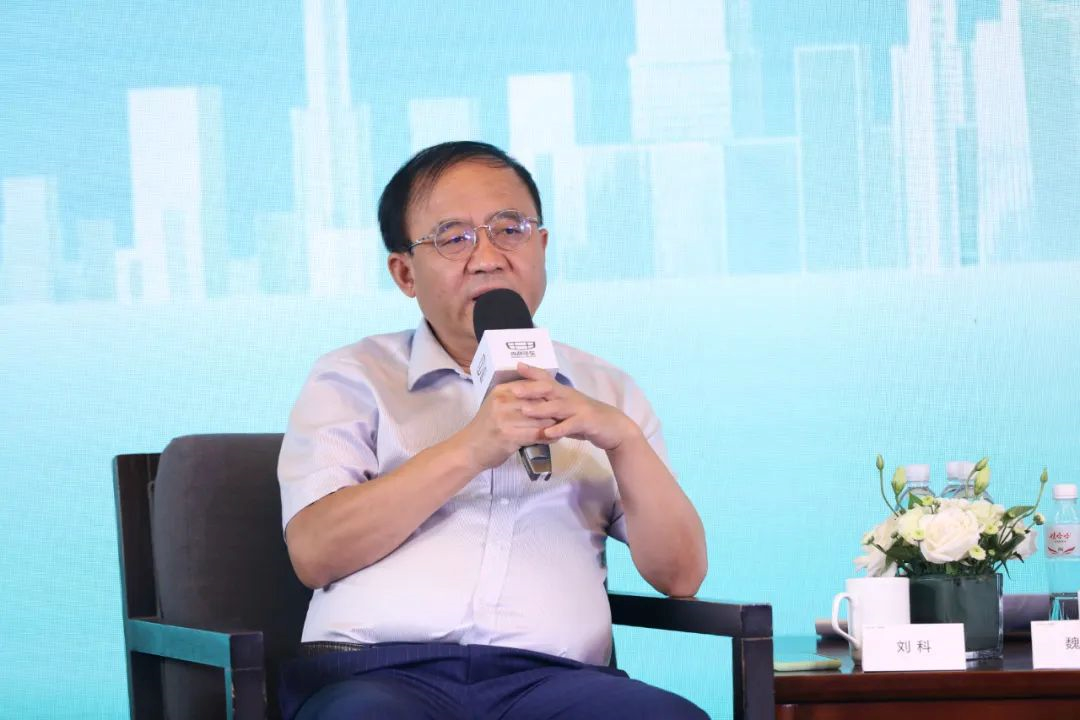
Methanol, as an important chemical raw material, is widely used in the manufacture of formaldehyde and pesticides, as well as an extractant for organic compounds and a denaturant for alcohol. China is the world’s largest producer and consumer of methanol, with production capacity and output accounting for more than half of the global total. Therefore, in the short term, there will be no restrictions on the source of fuel for the development of methanol-powered vehicles.
Currently, methanol is mainly derived from coal, using low-quality coal that cannot be used for power generation or burned directly as fuel. The production of methanol also produces by-products such as sulfur and sulfuric acid, making the process not completely green and clean. However, it can be considered as effective utilization of low-quality coal.
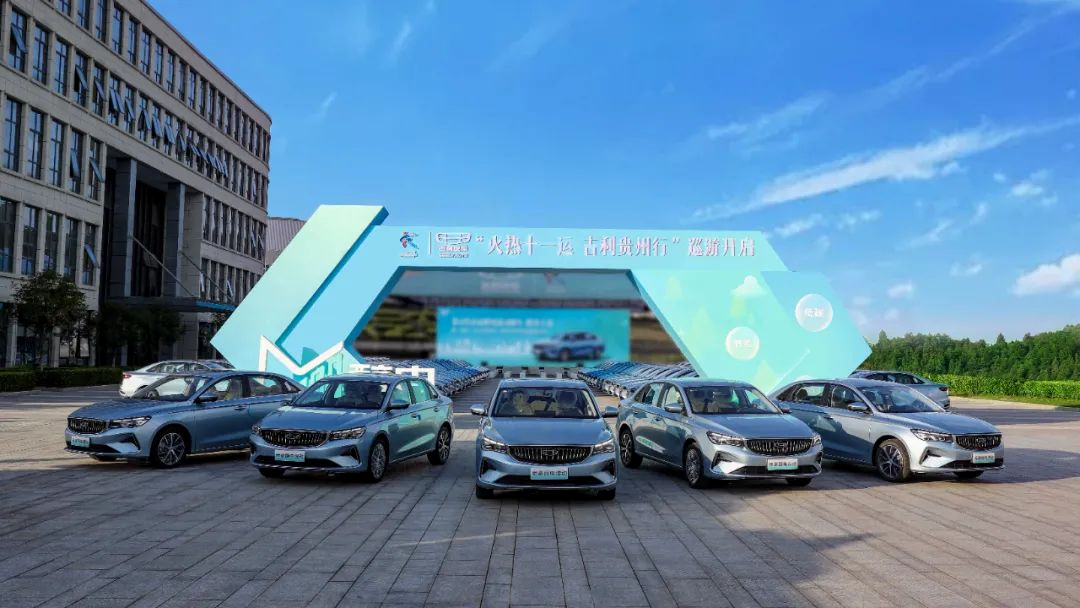
Looking to the future, there will be many green and environmentally friendly production pathways for methanol, such as generating methanol by capturing carbon dioxide or using photovoltaic and wind power to electrolyze water to generate hydrogen gas, which can react with carbon monoxide to generate methanol. Furthermore, as a liquid fuel that is easy to transport, methanol can not only be used independently, but also as an effective carrier for hydrogen energy. Methanol and water can be catalyzed to generate hydrogen gas, which can also become a form of future hydrogen fuel cells.
In conclusion, methanol, as a vehicle fuel, has broad potential for future development. It is not only an excellent substitute for gasoline but also can serve as a carrier for hydrogen energy, and is not subject to mineral resource limitations, having better functionality and stability than lithium batteries.
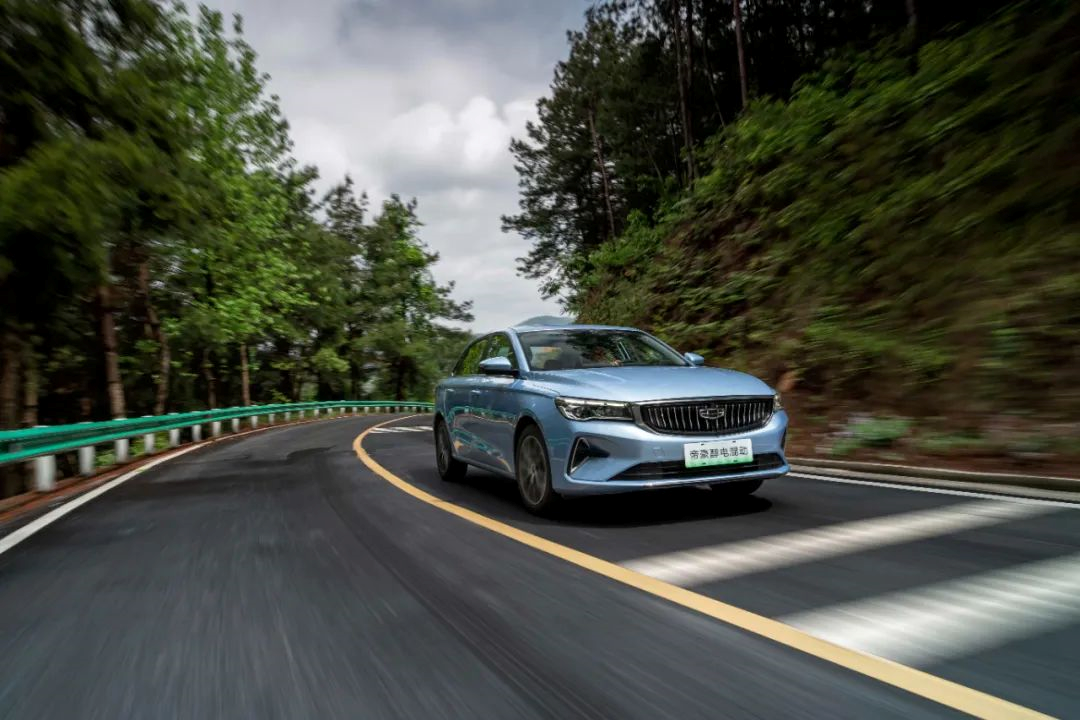
However, the current problem is that if methanol-powered vehicles are to be developed on a large scale, it will inevitably require a revolution in the automotive industry and large-scale investments in fuel production, storage, transportation, and other infrastructure construction. In light of the smooth development of pure electric vehicles, the possibility of large-scale change is relatively small.
In any case, since the future prospects are not yet completely clear, a diversified approach is still necessary for the development of new energy vehicles. While vigorously promoting pure electric and plug-in hybrid vehicles, it is still necessary to develop methanol, hydrogen energy, and other new energy vehicles on a small-scale and localized level. In the field of methanol-powered vehicles, Geely has already taken a leading position globally, indicating a significant increase in China’s overall competitiveness in the automotive industry.
This article is a translation by ChatGPT of a Chinese report from 42HOW. If you have any questions about it, please email bd@42how.com.
